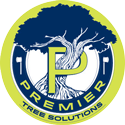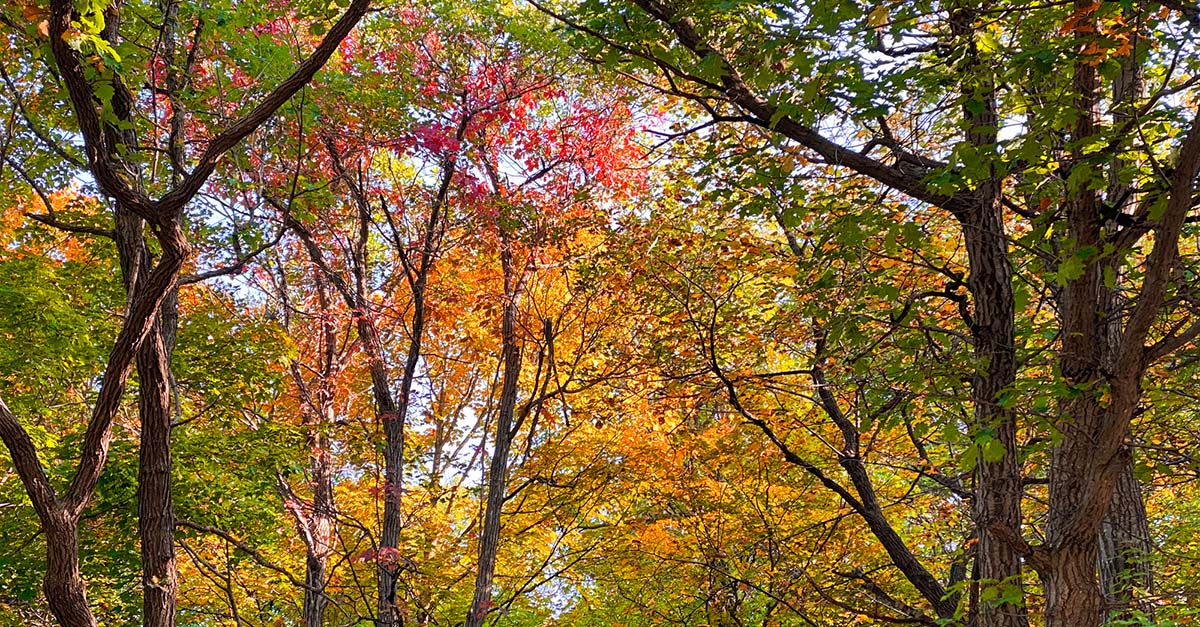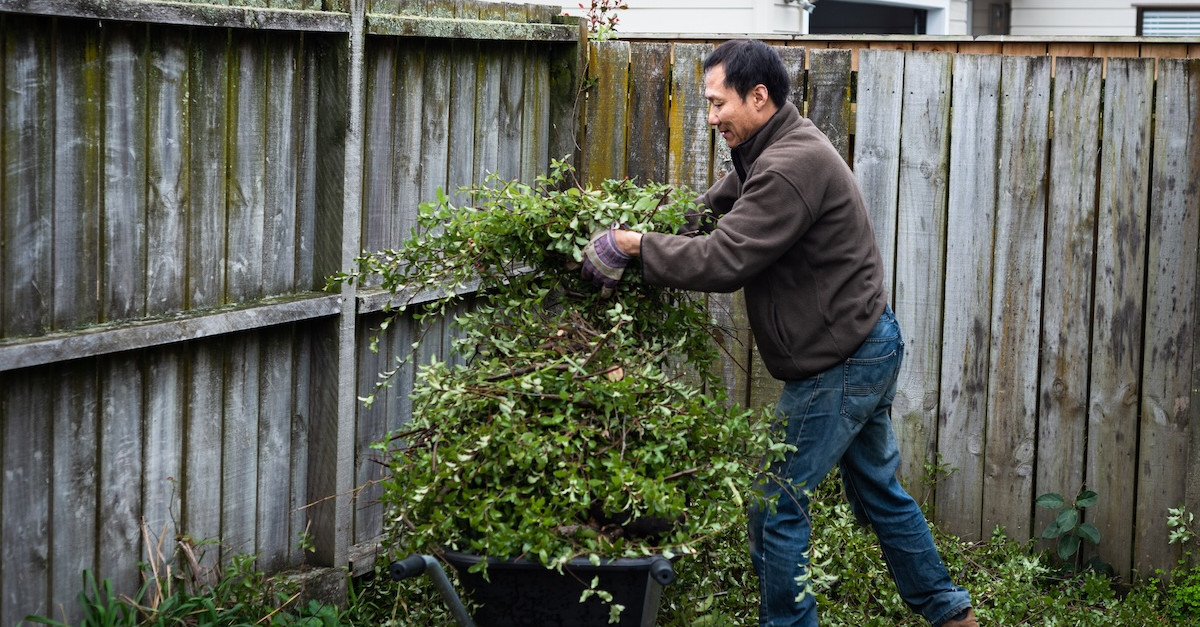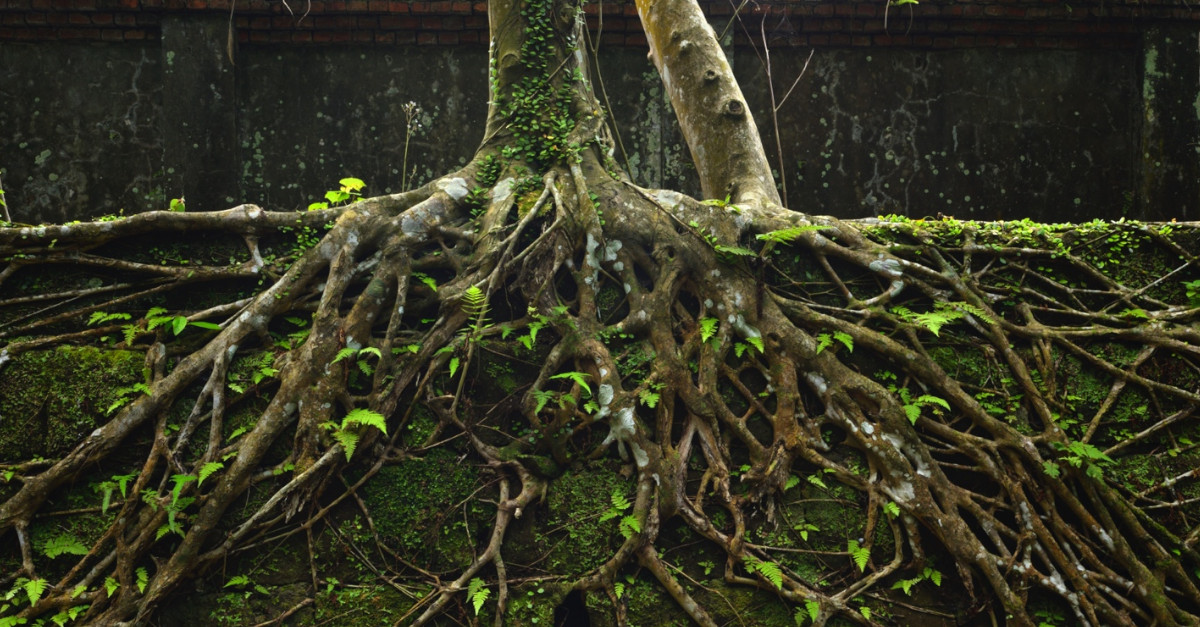All the Trees that Turn Orange and Red in Georgia During Fall
Leaf peeping has long been a favorite activity among fall aficionados, with some trekking many miles to catch glimpses of the season’s vibrant foliage. Although Georgia isn’t as famous for its striking autumn leaves as some other states, you needn’t make a great journey to get your fix— in fact, some species can put on a show right in your own front yard.
Here, we’ve rounded up some of the state’s best trees with vibrant fall leaves.
Everything You Need to Know About Fall Foliage in Georgia
What Type of Tree Changes Colors in the Fall?
It’s a guarantee that most trees in the U.S. will experience some lower winter temperatures, and while their branches and trunks are usually hardy enough to handle the chill, fragile leaves are often too tender. Though evergreen needles have a protective wax coating, other species need to shed their fragile leaves before the cooler season sets in.
For some tree types, that means producing a wondrous spectacle of fiery fall foliage beforehand. As nights grow longer and cooler, trees receive the signal to go dormant. They then stop the flow of chlorophyll to and from their leaves (more on that below).
Some species’ leaves will shrivel up and depart without much to-do. Whether leaves will or won’t become ablaze depends on their concentration of the following chemicals:
- Carotenoids: Found in bananas, carrots, and buttercups, these nutrients produce yellow, orange, and some red pigments.
- Anthocyanin: Thank anthocyanin for the shades of red you see in strawberries, as well as the purples and blues visible in blueberries, grapes, and plums.
- Chlorophyll: You can probably recall this word from science class, but here’s a quick refresher. During the growing season, chlorophyll enables plants to use sunlight for food, and gives leaves their green hue. But as they die, chlorophyll dissipates, revealing the colors from carotenoids and anthocyanin.
Certain species exhibit specific colors, but in general, the following Georgia trees change colors in the fall:
- Oaks
- Dogwood
- Beech
- Black Tupelo
- Hickories
- Aspen
- Yellow-Poplar
- Maples
What Tree Turns Orange in Fall?
Sugar Maple
If it’s a fiery orange-red you’re after, turn to the sugar maple. The official state tree of both New York and Vermont, the sugar maple thrives in the Northeast, but it can survive as far south as Georgia and will still produce vibrant foliage. There is a trade-off, however: in southern states, its branches may retain dead leaves throughout most of the winter.
Black Tupelo
For a stunning burnt orange that follows a show of scarlet, consider the black tupelo. Also known as the black gum tree, this ornamental species tolerates a wide range of soil and moisture conditions, including drought and heat.
What Tree Turns Bright Red in Fall?
American Red Maple
The marvelous maple is perhaps the best species for a striking cardinal red. True to its name, the American red maple will stun with crimson before its leaf drop. Preferring moist soil, this maple is often found along Georgia’s wetlands.
Japanese Red Maple
Available in a variety of subspecies, the Japanese red maple typically has delicate, narrow leaves which turn a deep, berry red or burgundy during the fall. In addition to upright varieties, some species take on a more shrub-like form, including weeping Japanese maples with branches that grow in a waterfall pattern.
Schedule a Tree Pruning Session with Premier Tree Solutions
No matter their species (or the colors they turn), the best way to keep your trees looking vibrant and healthy is with routine care. We’re approaching prime time for hand pruning, a service Premier Tree Solutions is happy to perform on your trees and shrubs with professional tools and expertise. To schedule an appointment, send us a message online or call (404) 252-6448.
As an Amazon Associate, Premier Tree Solutions earns from qualifying purchases.







